I treasure autumn in the northeastern United States. The multi-hued landscape near our cabin in the Adirondacks takes my breath away. Most of all, I marvel at the maple trees, which get most of the credit for the colorful show.
They are also the focus of endless local forecasting and leaf lore. When will the leaves begin to change? Why did that tree turn first? Why are some leaves red while others are orange or yellow? Will the colors be more vibrant this year?
It’s not just small talk. Rural communities in upstate New York and New England depend on the economic influx that visiting leaf-peepers bring, and the vividness of the leaves are clues about changes in the ecosystem.
Legions of websites attempt to explain and forecast maple leaf color, but the best information, at least that I’ve found, is based on studies by the USDA Forest Service, the University of Vermont and the State University of New York’s College of Environmental Science and Forestry.
Read on for the facts about fall foliage…
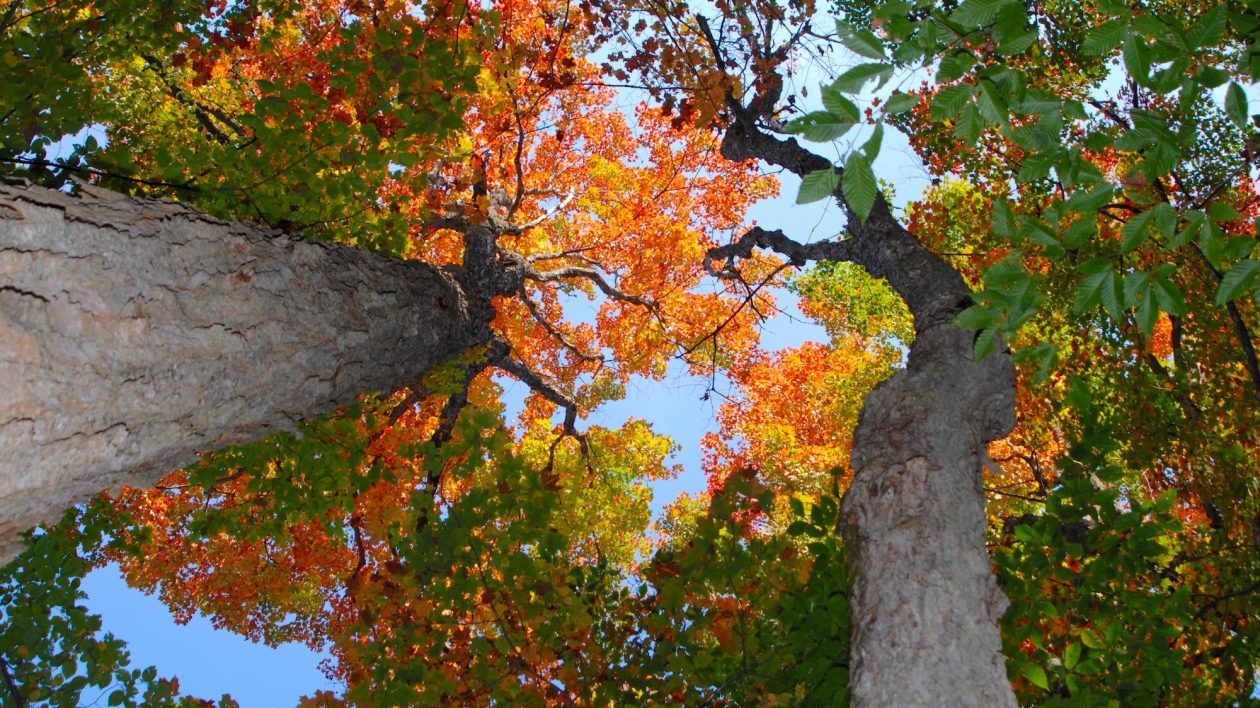
First, the basics.
Why do leaves change color? You’re already familiar with photosynthesis, the process in which leaves turn sunlight, water, and carbon dioxide into glucose (plant food) and then give off oxygen as a by-product. The chemical compound chlorophyll makes photosynthesis happen, allowing maple trees and all other green plants to grow during the spring and summer. It’s also what makes leaves look green.
After Labor Day, the shortening days and colder nights trigger the trees to prepare for winter. Photosynthesis shuts down, and chlorophyll fades from the leaves, allowing other colors to emerge. Some of those reds, yellows, and oranges have been there all along, masked by chlorophyll.
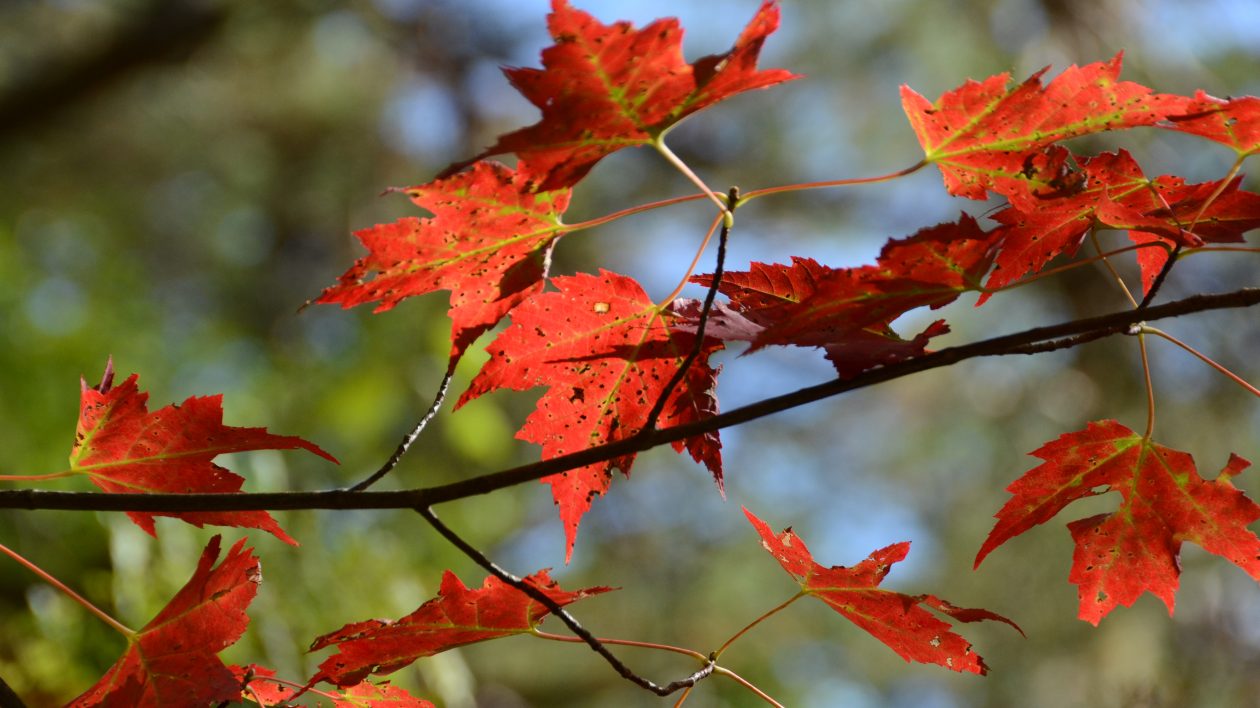
Why red?
Red in maple leaves comes from anthocyanin, an anti-oxidant that also makes reds and purples in fruits and vegetables, such as apples and beets, and in flowers, such as asters and violets. Anthocyanin protects tree leaves from disease and drought, repairs leaf damage and acts as a natural sunscreen.
During the fall, as the stems of maple leaves shut off from a tree’s branches, leftover glucose trapped in the leaves is used to increase the level of anthocyanin. Chilly nights that stay above freezing promote anthocyanin production.
For many years, researchers have wondered why a tree would expend energy to make anthocyanin in its leaves when it’s about to shed them. As red leaves tend to remain on branches longer than yellow and orange ones, some biologists believe they provide protection from frost and provide more sugars and nitrogen to the tree before they fall off.
Another theory suggests that anthocyanin from the fallen leaves gets absorbed into the soil around the base of the tree, protecting the tree while it’s dormant and preventing competing plants from taking root.
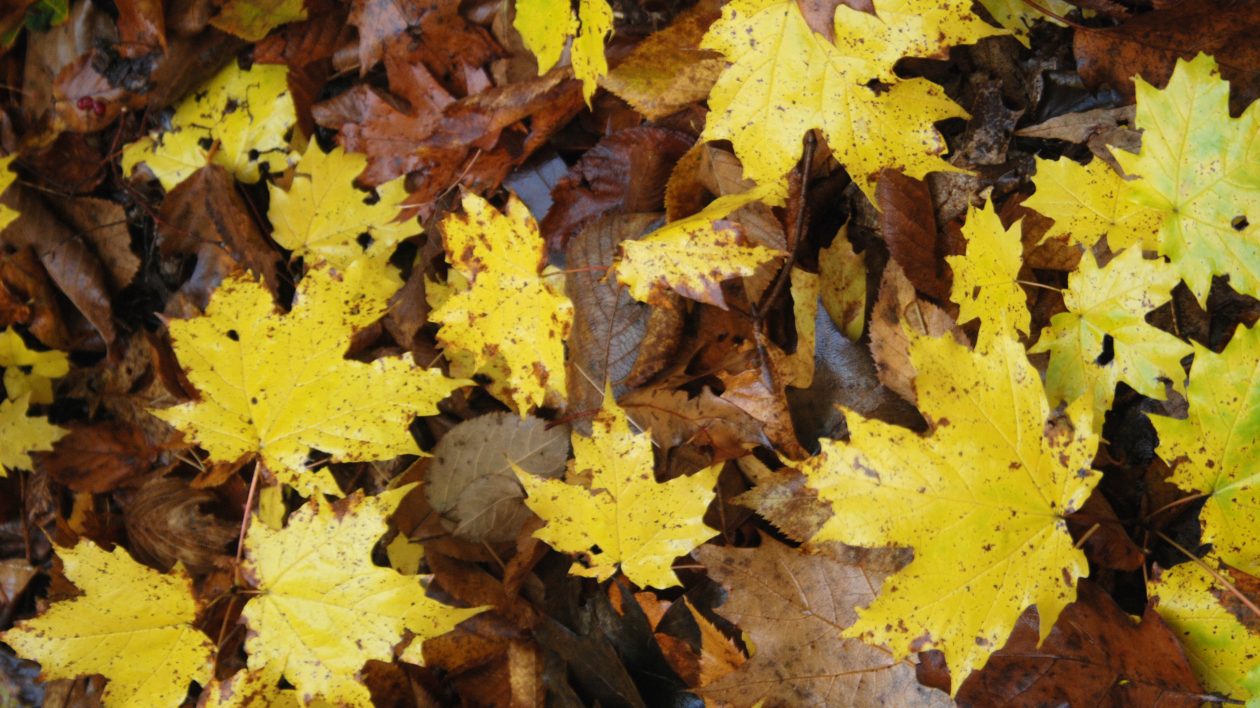
Why orange, yellow and brown?
Both carotenoid and flavonoid compounds contribute to orange leaf color, especially the carotenoid beta-carotene, the same chemical that makes carrots orange. Beta-carotene absorbs blue and green light waves and reflects yellow and red, which makes it appear orange in maple leaves.
Yellow leaf color comes predominantly from the cartenoid xanthophylls, which is similar to the pigment that makes egg yolks yellow.
Brown leaf color comes from tannins, waste products that are left after the other colors fade.
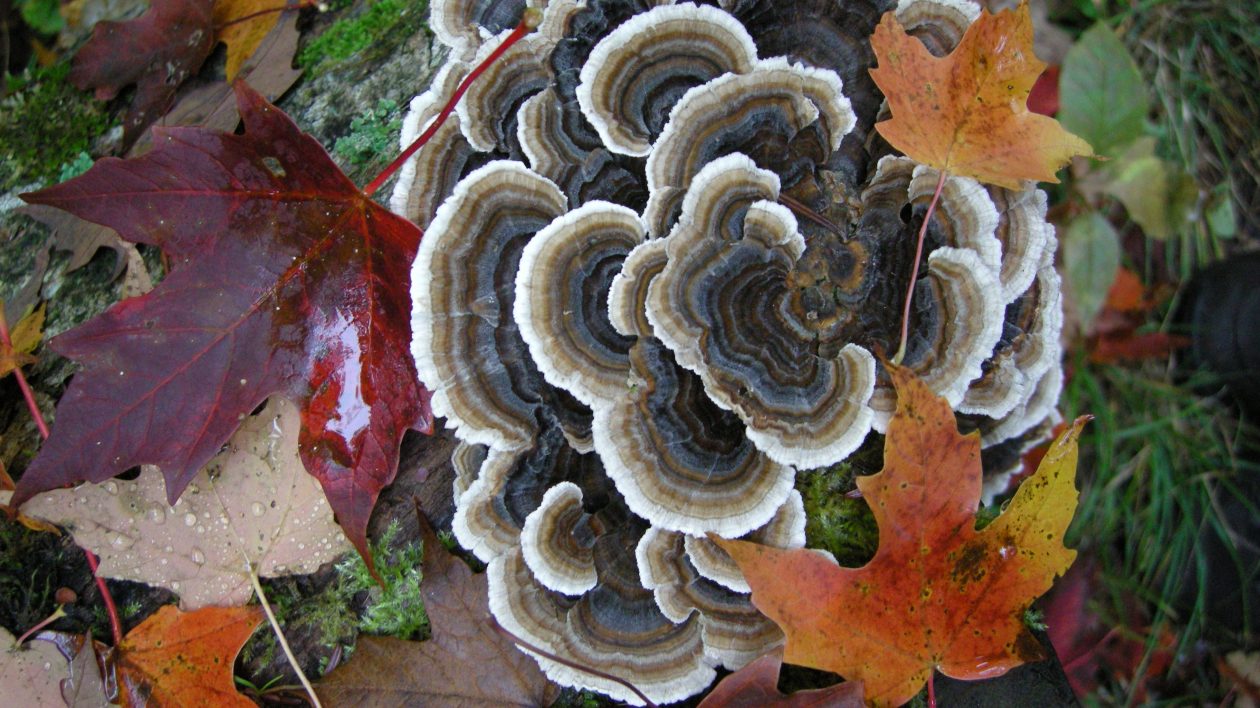
What makes the leaf color spectacular?
The most vibrant fall foliage occurs if three things happen weather-wise:
- The end of the summer is dry.
- Autumn days are sunny.
- Autumn nights are cool, ideally in the 40’s (F) and not below freezing.
Trees make more anthocyanin during these conditions. However, if days in September and early October are disproportionately overcast, and nights are mild, the foliage appears duller. If there’s an early frost, the show is over early.
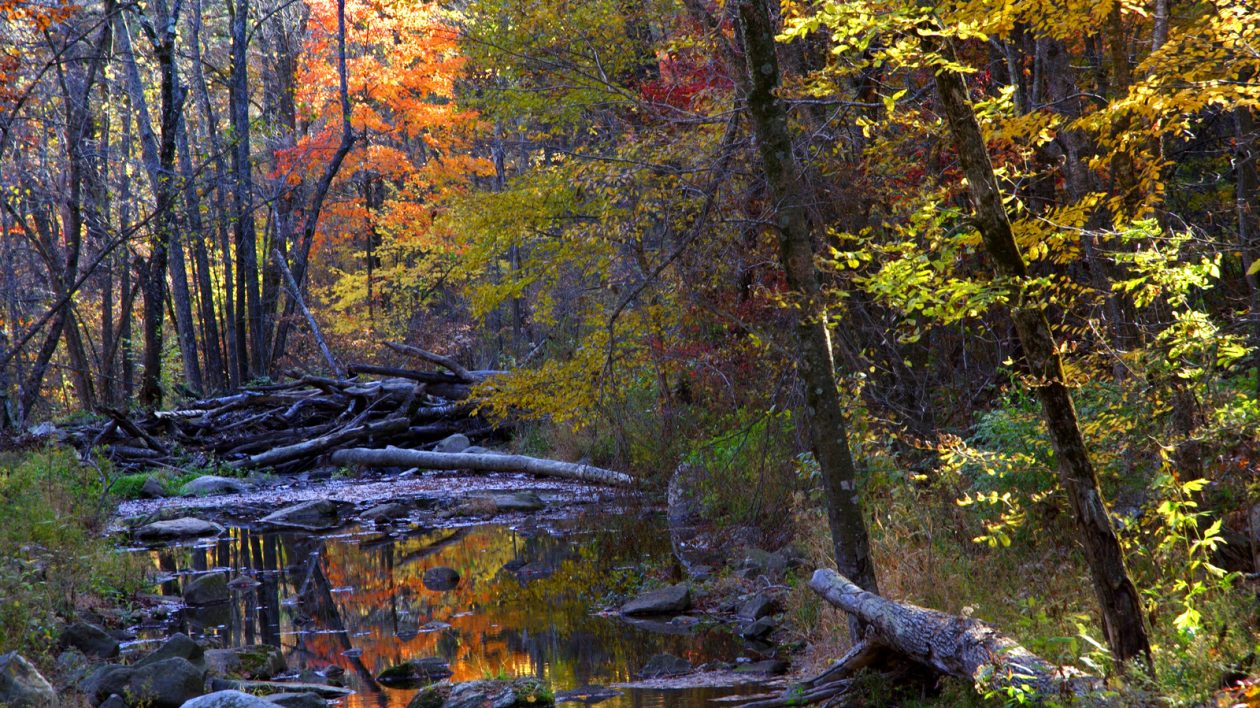
Early turners.
That tree that changes color a month before the others is probably not healthy. Maple trees convert more glucose to anthocyanin when stressed. An early turner might be nitrogen deficient, or it might be trying to rid itself of a bug by changing color. Some insects identify green leaves as food and abandon trees that turns red.
Warming Weather
If you’re wondering how climate change will impact fall foliage, the verdict is still out. In the near term, it will likely mean duller colors and a shorter or delayed leaf-peeping season. Over the long term, it might cause maples to migrate to higher elevations and much farther north.
During the last century, as the mean temperature in New York and New England has increased 0.7 degrees Fahrenheit, maples and other hardwoods have crept about 130 feet higher on mountainsides. Computer models by the National Oceanographic and Atmospheric Administration (NOAA) predict a much faster rate of temperature increase over the next 100 years, in the range of six to 10 degrees (F). That means, by 2118, Boston, Massachusetts will have a climate similar to Richmond, Virginia today, and the maples won’t tolerate it.
Luckily, that’s only one scenario. Of the five computer models generated by the USDA Forest Service for predicting the future range of various tree species, only one foretells the demise of the maple tree in New York and New England over the next century. I hope that model is wrong. Maple trees are special. They give us sweet syrup in the spring, shade in the summer, beautiful wood, and most magnificently, a colorful countryside in the fall. They are the gold and rubies of the forest, and worth treasuring.
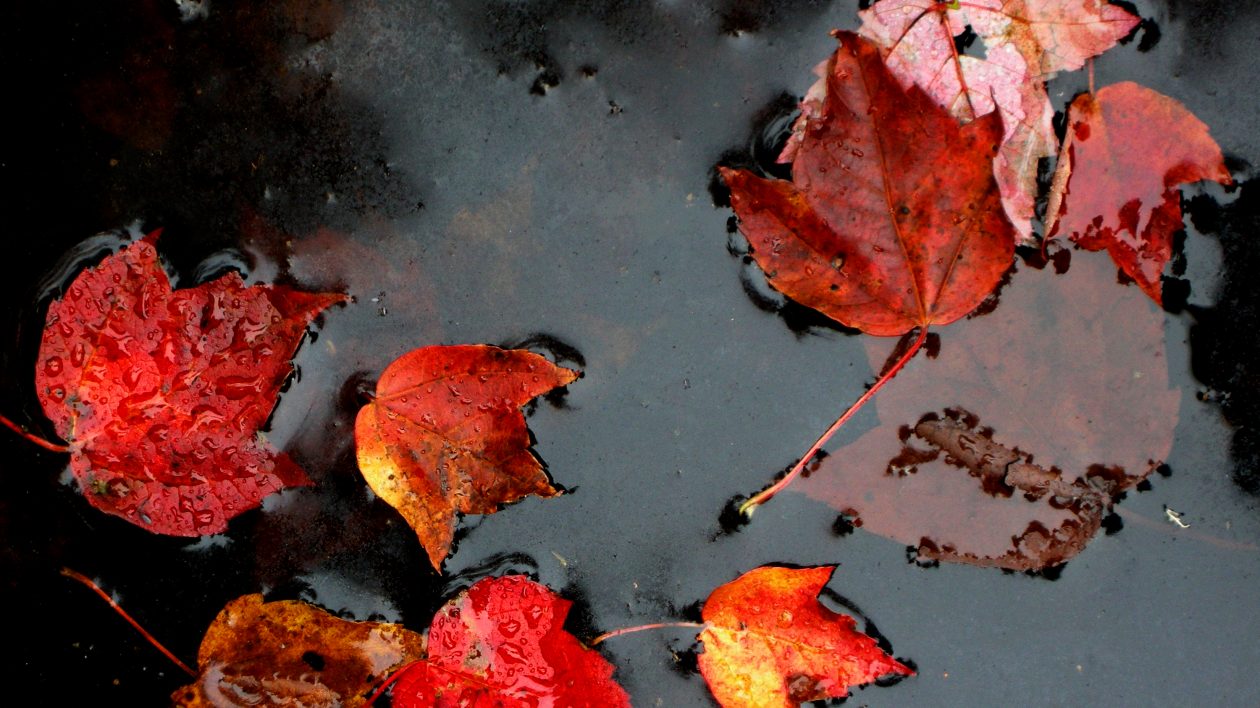
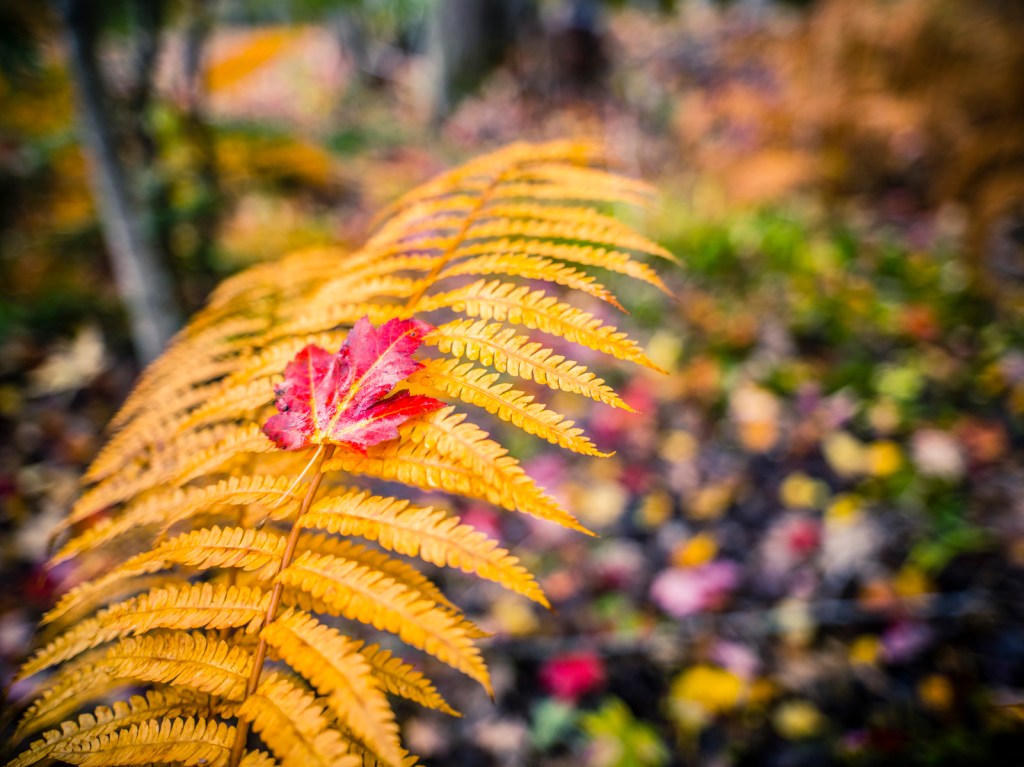



I live in Little Rock, AR. Our Japanese Maple turned an amazing red and stayed red for several weeks. Then almost overnight turned loose of her leaves. However, in our neighborhood there are several similar maples that are still very full of vibrant red leaves. What triggers a tree to let loose of its leaves? Do I need to get my soil tested, fertilize or is this just the natural turn of events in the life of my maple? Today is 11/29/2020 and I believe our trees leaves turned brown and started falling off about three weeks ago so early November.
I think my maple tree leaves turned a different color last year than the leaves are this year. What causes that?
I’m Gerard Leary from Winthrop ,Ma. This fall I will be drawing autumn coloring on WCAT Winthrop.Thank you for all this great information about photosynthesis and the stages of foliage.This info will be incorporated my drawings
Thanks for the good article. Why will maples disappear in New England if Boston has a climate like Richmond’s today? I live in Virginia about 60 miles west of Richmond. There are several varieties of maple here. On my farm for example, we have red maples, sugar maples, and amur maples among others.
Thanks Lisa for this informative appreciation of New England maples and fall foliage. I am sitting in Vermont appreciating the colors I can see out my window as I work – it has been quite a red, yellow and orange fall although mild frosts are beginning to turn leaves brown in some places. In Central Vermont where I am it is still height of color.
Hello, Lisa! Thanks to you I’ve played music on almost forgotten early flute svirel and made a video composition of it with your nice photos. https://www.youtube.com/watch?v=kVohdbd1nIY
Thank you for the interesting information. I was aware of only some of it and now, my knowledge is broadened!
I am upset by the thought that Maple trees may not be in New York and New England over the next century. I know that I won’t be either, but it saddens me for future generations.
So amazing,beautifull fotographies,it should be exhibit everywhere and bring awareness to preserve our amazing environment,are they all dead beat(I should say dead beast!) In this government,
The articles are wonderful…..full of information and interesting details. Please write more and include the beautiful images.
Are plant scientists investigating genetically altered maple trees that might be more heat tolerant? –
‘Getting pretty deep into the forest to find anything on this, but here’s a link:
https://academic.oup.com/treephys/article/34/11/1141/1679168
If you put “maple” in the search function, you’ll get a number of scientific studies about maples, though most are related to wood quality and maple syrup production, rather than genetic manipulation to create more vibrant fall colors. I think the short answer is “not much in that arena so far”.
So chances are this foliage season might be rather dull in the DC metro area since we’ve had a very wet summer with very warm temperatures? That is sad…fall is my favorite season & I live next to a lake that is surrounded by mature trees that usually put on quite a beautiful fall display.
So interesting! I sincerely appreciate the work you do and your sharing of nature’s importance in our lives.
I lived in Westford Vermont for many years, which is located out in the countryside. The area would be visited every fall by many car loads of leaf peepers. I now live in the upper northern part of Wisconsin, but still are able to enjoy the fall changing colors. If this were not so we would live in a very dull world.
A beautiful explanation that even a child can understand. The author must love to teach. She also deeply loves her trees.
Thank you.??
Shouldn’t it be carotenoids rather than cartenoids?
Yes. Good catch. That’s a typo. Ugh.